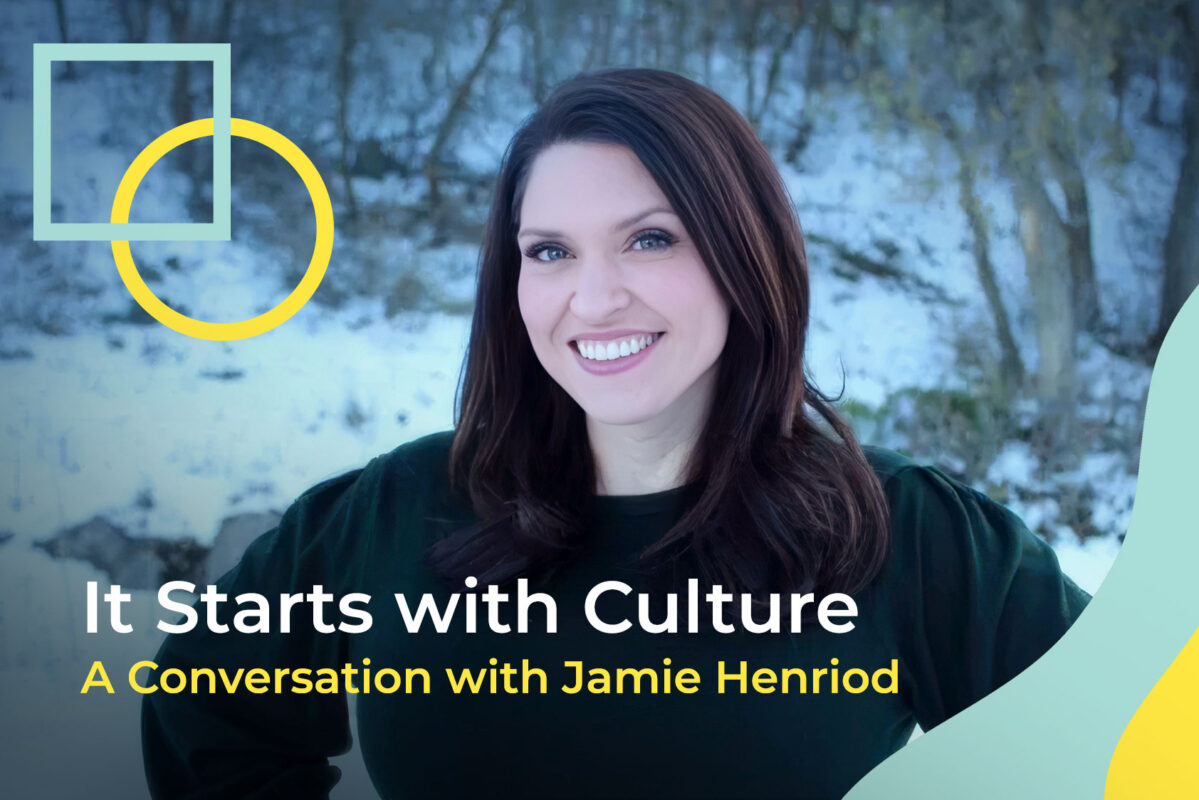By Dean Newlund.
I’ve been looking forward to this conversation for over two years. On a recent episode of the Leadovation podcast, I finally sat down with my friend and former Zappos executive, Jamie Henriod. We’ve collaborated in the nonprofit world and had countless off-the-record talks about culture and leadership. But this one, focused on the intersection of internal culture and external customer experience, needed to be shared.
Jamie spent 16 years at Zappos, 10 of them as Chief of Staff to CEO Tony Hsieh. Her perspective isn’t academic—it’s hard-earned. And the stories she shared in this episode were not just inspiring, but also deeply instructive for anyone who wants to build a values-driven business from the inside out.
“If you want your team to provide outstanding customer service,” Jamie told me, “you really need to start with providing outstanding service to your employees.”
That theme kept recurring: how a great external brand experience is rooted in how people treat one another within the organization. And this wasn’t theory—Zappos operationalized it. Every employee, regardless of level, started their job with a month of call center training. Even Tony Hsieh himself answered customer calls.
“We wanted everyone to understand the customer firsthand,” Jamie said. “And that changed everything. Our engineers fixed things faster. Our executives made smarter decisions. Our culture was customer-centered because we trained people through experience.”
One of my favorite moments was when Jamie described how they handled values. Zappos didn’t just hang core values on a wall. They used them as a tool for hiring, coaching, and decision-making. Employees completed an annual self-review, rating themselves on how well they lived each of the 10 values, like “Deliver WOW Through Service” or “Be Humble.” Then, their peers and leaders followed suit.
“We created a feedback loop that meant something,” Jamie said. “It wasn’t punitive. It was meant to keep values alive and help people grow.”
We also dug into some of the folklore. You’ve probably heard the story about the Zappos bus driver evaluating candidates during the ride to HQ. It turns out that the legend is mostly true. The shuttle driver was a Zappos employee—and yes, HR would ask for their feedback. If someone treated the driver or front desk staff poorly, it could be a dealbreaker.
“Everybody is your customer,” Jamie said. “You can’t treat people differently based on their title. That’s not who we were.”
That deep alignment between culture and customer service manifested in surprising ways, such as when a call center employee noticed an auto-reply from someone out of the office participating in a breast cancer walk. Instead of deleting it, she mailed the person a handwritten thank-you note. That customer, who may have never even placed an order, was blown away. “None of my coworkers even mentioned the walk,” she said. “But Zappos did.”
So how does a company build that kind of culture?
Jamie gave this advice: It’s never too early and never too late. Whether you’re a startup or a 10,000-person company, you start by getting honest about your values. And you don’t have to wait for permission.
“Let your team be the bright spot,” she said. “Prove that culture matters by being the team everyone else wants to work on.”
We ended our conversation talking about Tony Hsieh’s leadership. Jamie described him as a “greenhouse architect”—someone who focused on designing the conditions for others to thrive. He didn’t control people. He created an environment where the right things could grow.
That metaphor stuck with me. Culture isn’t about micromanaging behaviors or checking off values on a form. It’s about building the conditions of trust, humility, creativity, and service, where people want to do the right thing.
Jamie’s now at a new company called Chptr, working in the end-of-life space, from shoes to souls, as she put it. And she’s still walking the talk.
This episode reminded me why internal culture is not some soft, secondary thing. It’s the engine that drives every customer experience, every innovation, every relationship.
If you’re leading a team, managing a company, or just want to create a little less friction in the world—listen to this conversation. Start with what you can control. And as Jamie put it beautifully:
“Life is really hard. We should just try to make it less hard for our customers and for our employees.”
Thanks again, Jamie, for sharing your heart, your stories, and your hard-won wisdom.

